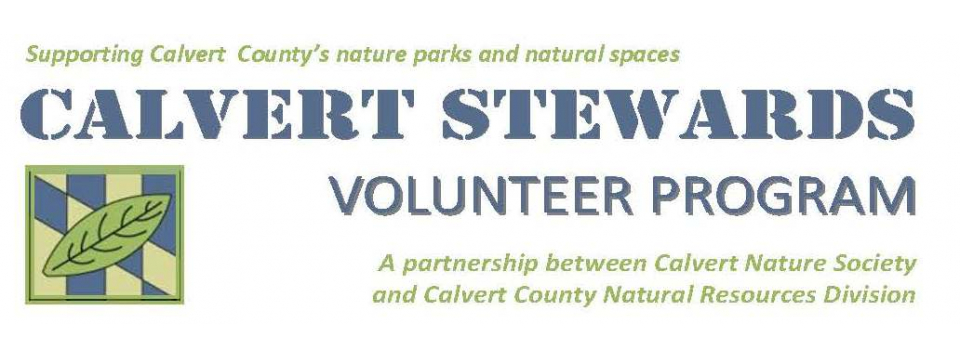

Who We Are
Calvert County Natural Resources is participating in an exciting research and conservation program called the American Kestrel Partnership coordinated by The Peregrine Fund, an international non-profit organization committed to the conservation of birds of prey worldwide. The American Kestrel is North America’s smallest and most colorful falcon, though unfortunately kestrel populations are declining across many regions of the continent. As a participant in the Partnership, Calvert County Natural Resources is building and installing nest boxes locally to provide breeding habitat for this cavity nesting species. In addition to building nest boxes, we are periodically monitoring the boxes to collect data for the Partnership’s research program.
What We Do
At this time we are not having volunteers check nest boxes due to the lack of kestrel activity in recent years. If you'd still like to help with American Kestrel Conservation we are always looking for more volunteers to conduct Winter Raptor Road Surveys. Please complete the Identification Qualification in order to qualify for the Winter Raptor Road Survey opportunity.
Identification Qualification for Raptor Road Surveys
- Complete training on kestrel natural history, nest box installation and monitoring, and private property etiquette
- Build new nest boxes; clean and repair older nest boxes
- Help install boxes at approved locations around the county
- Transport nest boxes, mounting supplies, ladders, and other equipment to and from nesting sites
- Work independently to monitor select nest boxes every two weeks from April through July.
- Use of private vehicle to drive to different box locations
- Carry and set up ladders and equipment
- Check boxes for kestrel activity and eggs
- Scout the area for kestrels or signs of kestrels
- Remove invasive species’ nests and eggs from boxes, if present
- Record and analyze data
- Promote the project and the importance of kestrels to others
Volunteers may also be asked to:
- Climb tall ladders to access and mount the nest boxes
- Hike across uneven and overgrown terrain to get to box locations
- Be exposed to ticks, mosquitoes, poison ivy, bad weather, cranky birds, and other wild life
Training Register for an Orientation or Training to learn more about this program. Some activities are for volunteers who have been trained and have earned their Qualifications certificate.
Qualifications: Once trained, you will receive a certificate that you can upload as a Qualification on your profile. You can then respond to be a volunteer in different opportunities.
Other Skills and Knowledge
- Need their own reliable transportation
- Will need to provide 15’ (minimum) ladder
- Ability to transport the 15' ladder to the nest box locations
- Comfortable climbing a 15' ladder
- Ability to carry 25 pounds
- Removal of invasive species' nests, eggs, and possibly young
Project Dates
Winter and Early Spring: box repair and installation as a group; general volunteer training
April-July: Boxes checked for activity every two weeks (independently)
Details
| (410) 535-5327 | |
| gene.groshon@calvertcountymd.gov | |
| Gene Groshon | |
| Naturalist |


